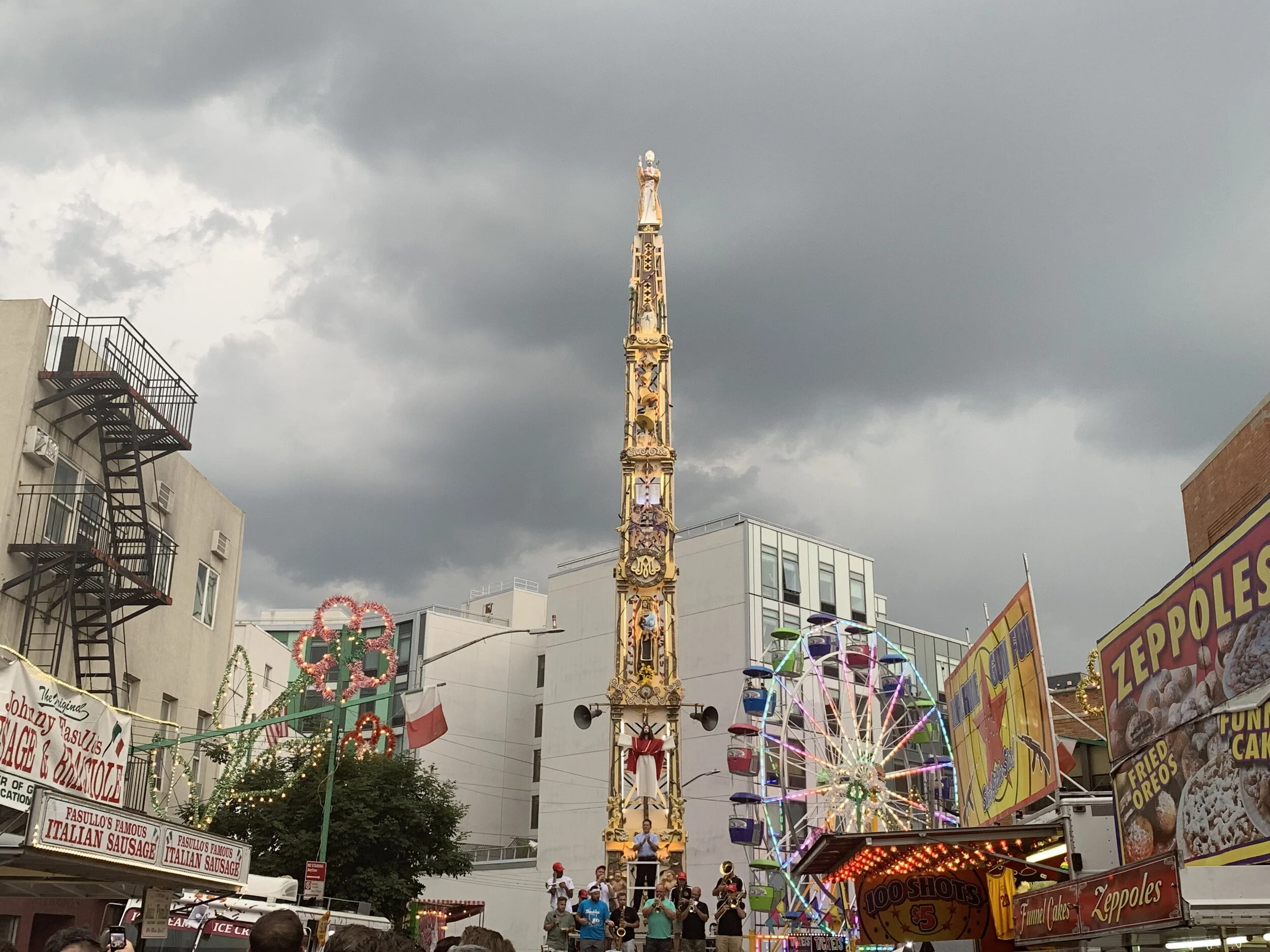This Is a Cemetery: The Saga of the Second Asbury African Methodist Episcopal Church Cemetery of Staten Island
By Patricia M. Salmon
Having studied cemeteries for the last thirty-six years and spending the first nineteen years of my life living next to a Homestead Graveyard that was abandoned, I should perhaps not be so surprised about the demise of Second Asbury, an African Methodist Episcopal Church Cemetery in Port Richmond Center, Staten Island, also known colloquially as “Cherry Lane.” Designated a “Colored Cemetery” because African-Americans were interred at the site, it used to be called the “Old Slave’s Burying Ground.” Not only was the last living enslaved person from Staten Island buried therein, but numerous others were, too.
Read MoreTransatlantic Radicalism in Early National New York
By Sean Griffin
New York City has long been considered a hotbed of radical political ideas, as well as a cosmopolitan center of culture and commerce. But while the roots of the latter have been traced back to the city’s origins as a Dutch trading post with a decidedly commercial outlook and a polyglot population, fewer historians have explored the origins of the city’s radical political culture.
Read MoreReview: God in Gotham: The Miracle of Religion in Modern Manhattan
Reviewed by Kenneth T. Jackson
When we think of New York and history, religion is not typically the first thing that comes to mind. Organized crime perhaps, or skyscrapers, or labor disputes, or nightclubs, legitimate theaters, museums, subways, Wall Street, wealth, poverty, the list could be endless. To most people, Gotham is more associated with sin than with morality, more with prostitution than with sermons, more with sports venues than with churches.
Read MoreMuhammad Ali in New York, 1967-1970
By Raymond McCaffrey
On a winter day in February 1967, pedestrians gawked as a young African American man walked along Fifth Avenue in New York City: He stood 6 feet, 3 inches tall, aged twenty-five and he was clearly in fighting shape.[1]
“Is that you, Muhammad Ali?’ one woman exclaimed. “You're so handsome."
Read MoreDid All Jews Become White Folks?:
A Fortress in Brooklyn and Hasidic Williamsburg
Reviewed by Gabe S. Tennen
In A Fortress in Brooklyn: Race, Real Estate, and the Makings of Hasidic Williamsburg, Nathaniel Deutsch and Michael Casper add an important wrinkle into prevalent understandings of American Jewish history. Deutsch and Casper focus their text on the Hasidic Satmar sect and its creation of a “holy city of Jerusalem” in one corner of north Brooklyn, tracing that community from its nascent beginnings in the 1940s into the 21st century. By offering a detailed and crisply written account of this often discussed but largely underexamined group, the authors provide a caveat to nearly fifty years of scholarship.
Read More
